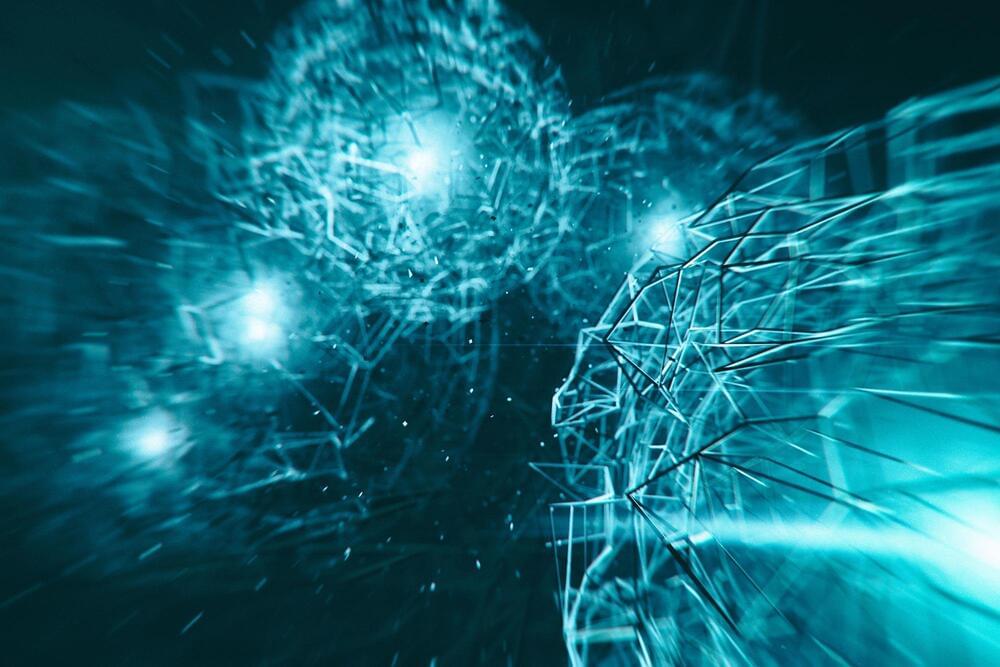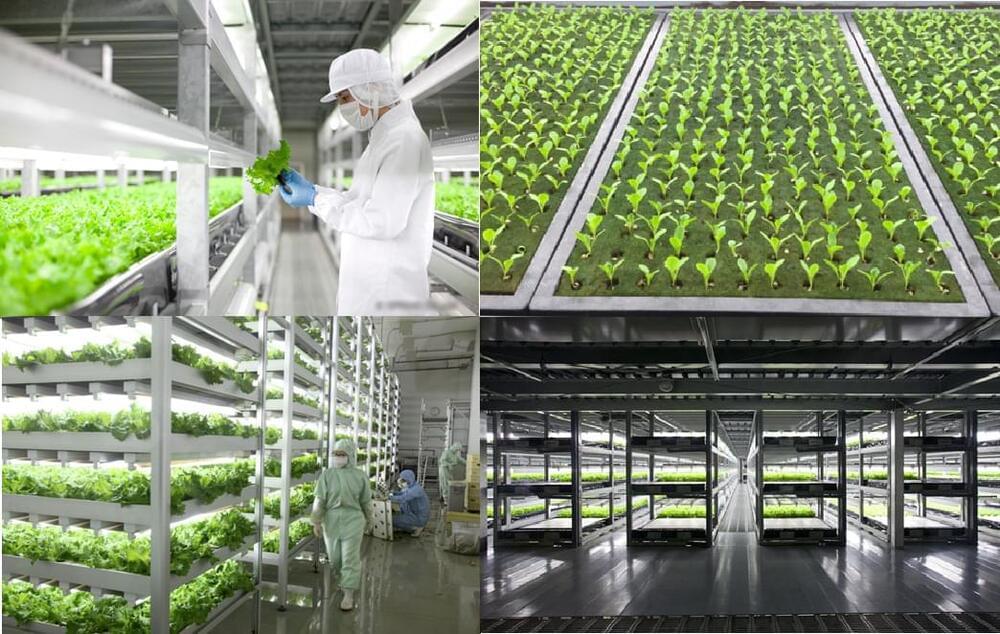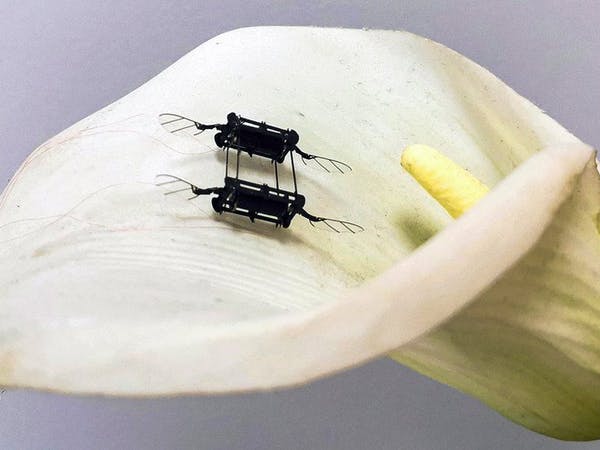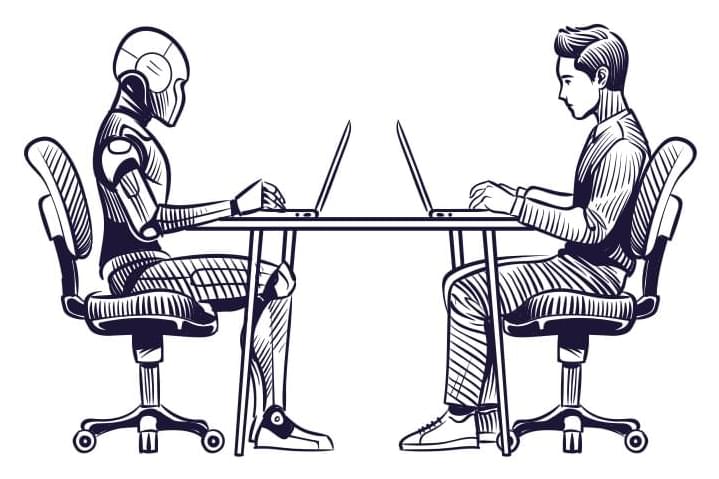One of the most important issues in contemporary societies is the impact of automation and intelligent technologies on human work. Concerns with the impact of mechanization on jobs and unemployment go back centuries, at least since the late 1,500 ’ s, when Queen Elizabeth I turned down William Lee ’ s patent applications for an automated knitting machine for stockings because of fears that it might turn human knitters into paupers. [2] In 1936, an automotive industry manager at General Motors named D.L. Harder coined the term “automation” to refer to the automatic operation of machines in a factory setting. Ten years later, when he was a Vice President at Ford Motor company, he established an “Automation Department” which led to widespread usage of the term. [3]
The origins of intelligent automation trace back to US and British advances in fire-control radar for operating anti-aircraft guns to defend against German V-1 rockets and aircraft during World War II. After the war, these advances motivated the MIT mathematician Norbert Weiner to develop the concept of “cybernetics”, a theory of machines and their potential based on feedback loops, self-stabilizing systems, and the ability to autonomously lean and adapt behavior. [4] In parallel, the Dartmouth Summer Research Project on Artificial Intelligence workshop was held in 1956 and is recognized as the founding event of artificial intelligence as a research field. [5]
Since that decade, workplace automation, cybernetic-inspired advanced feedback systems for both analogue and digital machines, and digital computing based artificial intelligence (together with the overall field of computer science) have advanced in parallel and co-mingled with one another. Additionally, opposing views of these developments have co-existed with one side highlighting the positive potential for more capable and intelligent machines to serve, benefit and elevate humanity, and the other side highlighting the negative possibilities and threats including mass unemployment, physical harm and loss of control. There has been a steady stream of studies from the 1950 ’ s to the present assessing the impacts of machine automation on the nature of work, jobs and employment, with each more recent study considering the capability enhancements of the newest generation of automated machines.








